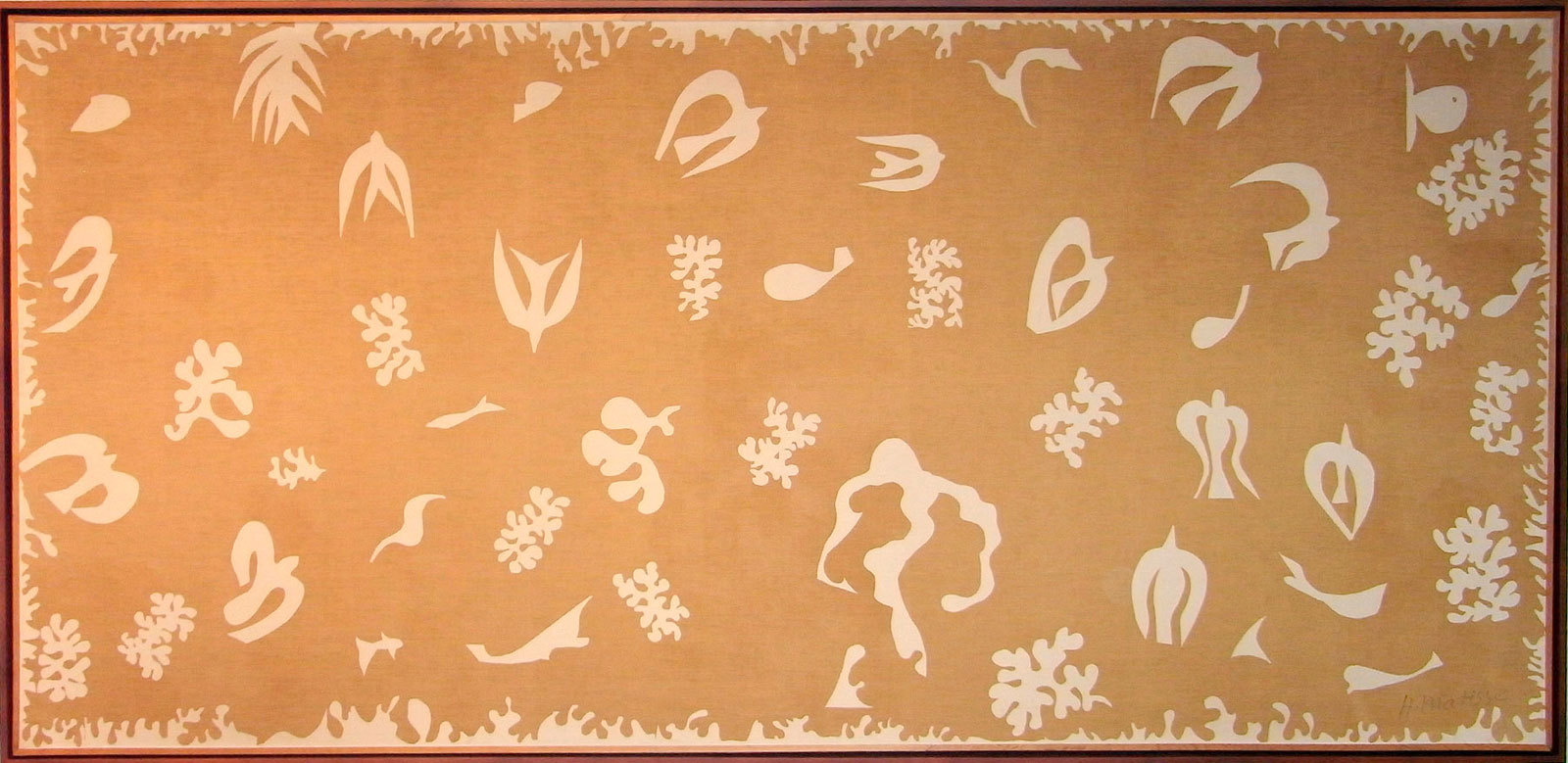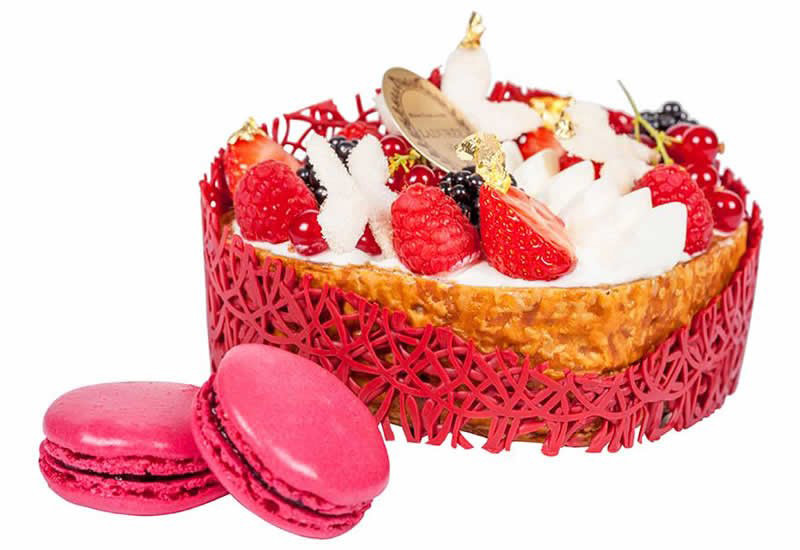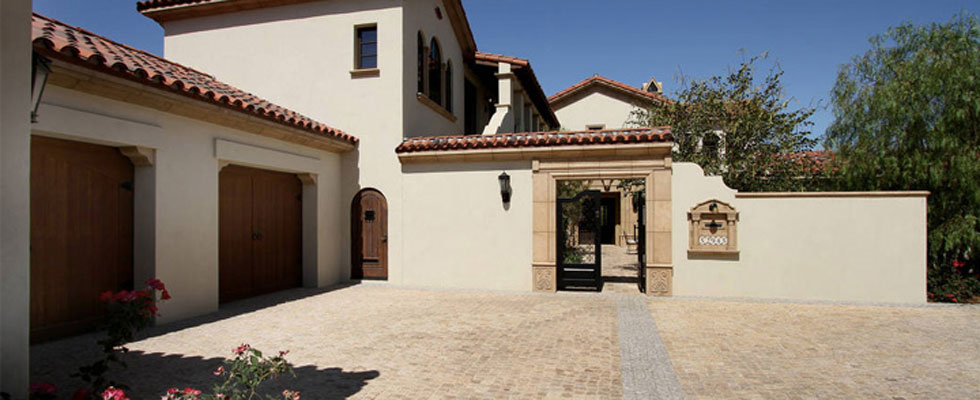
Oceanie, La Mer Scarf by Henri Matisse
Can you imagine paying a whopping $4.8 million for a mere Scarf? Believe it or not, someone did. But this isn’t the kind of cold-weather accessory you’d wear around your neck, even if it would go particularly nicely with a black trench. Instead, it’s a Silk Scarf designed by none other than Henri Matisse entitled Oceanie, La Mer (Océanie, Le Ciel).
The history of the scarf begins in 1964, when Zika Ascher, founder of the eponymous scarf brand, convinced a powerhouse of artists to produce pieces for his label (Pablo Picasso, Henry Moore, and Matisse were among the most recognizable names). The silk scarf is the original piece of limited run of thirty scarves produced bearing Matisse’s Oceanie, La Mer print, which was based on his visit to Tahiti in 1940. And before being shipped off to London for auction at Christie’s, it hung on a wall in the artist’s studio.
The artist’s creative vision demanded precisely the right material, linen specially-dyed to replicate the golden light of the Pacific. Adding to that his new medium of painting with scissors, the resulting Oceanie set was a magnificent dreamscape, replete with a fanciful array of birds, fish, sponges, coral and seaweed. Matisse was delighted with the final silkscreens, which he described in one of his notebooks as his very successful white and beige wall-hanging. Each examples of both compositions were printed at the Belfast Silk and Rayon Company in 1948, each panel inspected, approved and signed by the artist.
I think this result speaks to the originality of the Ascher Artist Squares project, and of course to the genius of Matisse, Ascher creative director, and grandson of Zika, Sam Ascher told. It makes me very proud that the concept and the collaborations originated by my grandfather are still treasured today. The line between fashion and art is a question of continual and endless debate, however in this case I think there is little room for argument. The original project achieved its success by remaining devoid of commercialism, if we can achieve a fraction of this success in the collaborations we are currently planning we will be extremely happy.






